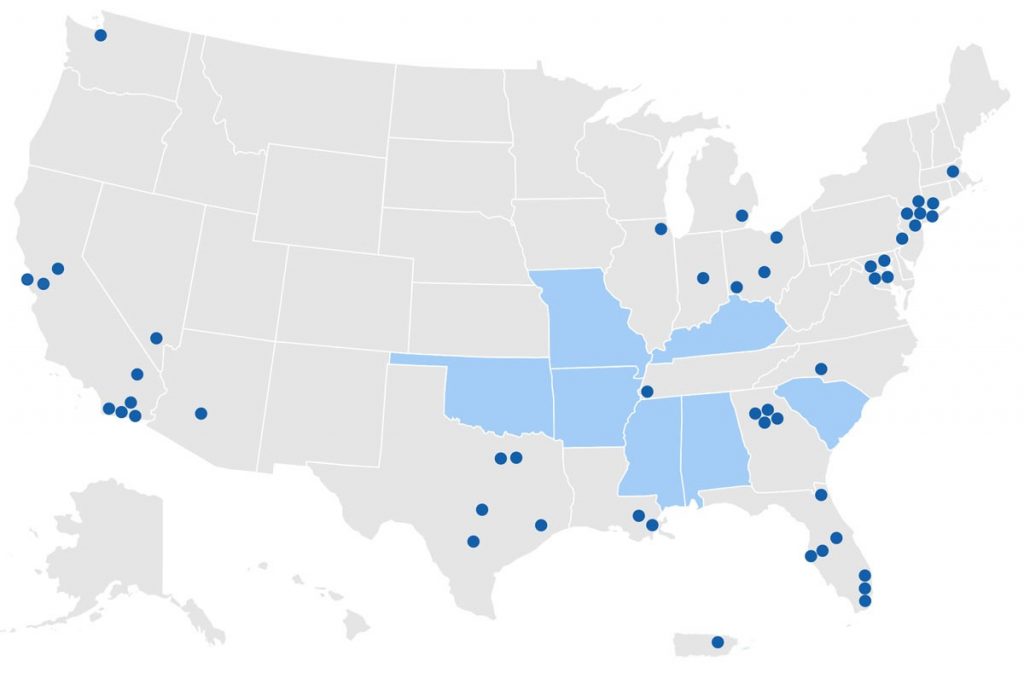Photo Credit: CDC.gov
World AIDS Day, celebrated annually since 1988 on December 1, is the first ever global health day. HIV, which affects 36.7 million people globally and 1.1 million Americans, is one of the most destructive pandemics in history, killing more than 35 million people since first identified in 1984. While there have been major advances in medical treatments available, stigma, misinformation, and discrimination still affect a large number of those living with HIV. In the United States, in particular, the rise of opioid use/sharing needles and lack of prevention education has started to cause concern among lawmakers. This increases the importance of World AIDS Day, as it reminds people and the government that this issue has not gone away.
In the State of the Union Address on February 5, 2019, President Donald J. Trump announced his Administration’s goal to end the HIV epidemic in the United States within 10 years. In the United States, there are a few staggering statistics. Specifically, certain populations and geographic areas continue to bear a disproportionate burden of HIV disease. According to HIV.gov, gay/bisexual men, African Americans/Latinos, and those living in southern states are most disproportionately affected. Southern states, in particular, accounted for 52% of the 38,739 new HIV diagnoses in 2017. Southern states account for just 38% of the U.S. population, so HIV diagnoses are not evenly distributed regionally in the United States.

Stigma is a huge driving factor for individuals who either do not get tested or do not receive treatment once diagnosed. When the disease was diagnosed in the early 1980s, there were few treatment options, and the virus was essentially a death sentence for those diagnosed. For many today, their only knowledge of the disease is from the height of the AIDS crisis, and since then, many advances in medicine have been made. This false notion, popularized by plays and movies, furthers the stigma that living with HIV will have similar outcomes as it did 35 years ago.
Today, “people with HIV who take medication as prescribed and stay virally suppressed can live long, healthy lives and have effectively no risk of sexually transmitting HIV to a partner” (HIV.gov). This means if the virus is properly treated, it can remain virtually suppressed for many years. These individuals still have a chance at a full and meaningful life, and therefore, getting tested and treated is of the utmost importance.
After detection and treatment, the best means of stopping the virus is prevention. “Pre-exposure prophylaxis (PrEP) is a new HIV prevention approach where HIV-negative individuals use anti-HIV medications to reduce their risk of becoming infected if they are exposed to the virus. It is an additional tool for people to consider in the HIV prevention toolbox.” First approved by the FDA in 2012, users take a daily dose of two HIV medications sold under the name Truvada®. Studies show that when taken properly, it is highly effective to stop the transmission of the disease.

Photo credit: Aids.info
“PEP (post-exposure prophylaxis) means taking antiretroviral medicines (ART) after being potentially exposed to HIV to prevent becoming infected” (CDC). The CDC does not recommend taking PEP unless the situation is an emergency, so high-risk individuals are recommended to look to PreP as an option for continual prevention, and PEP only as a last resort.
On World AIDS Day, we ask that you raise awareness, encourage people to get tested, and support those living with HIV.
Here are a few ideas:
- Encourage people you know to get tested, and let them know there are free clinics.
- Encourage parents to speak to kids about STI prevention
- Wear a red ribbon to show support.
The biggest hurdle facing the disease is stigma and discrimination. Without these, the likelihood of testing, prevention, and treatment grows tremendously. Today, we challenge each and every one of you to work to help erase the stigma. We hope that soon, this disease will be a thing of the past
 Food
Food Farmers
Farmers Sustainable Living
Sustainable Living Living Planet
Living Planet News
News